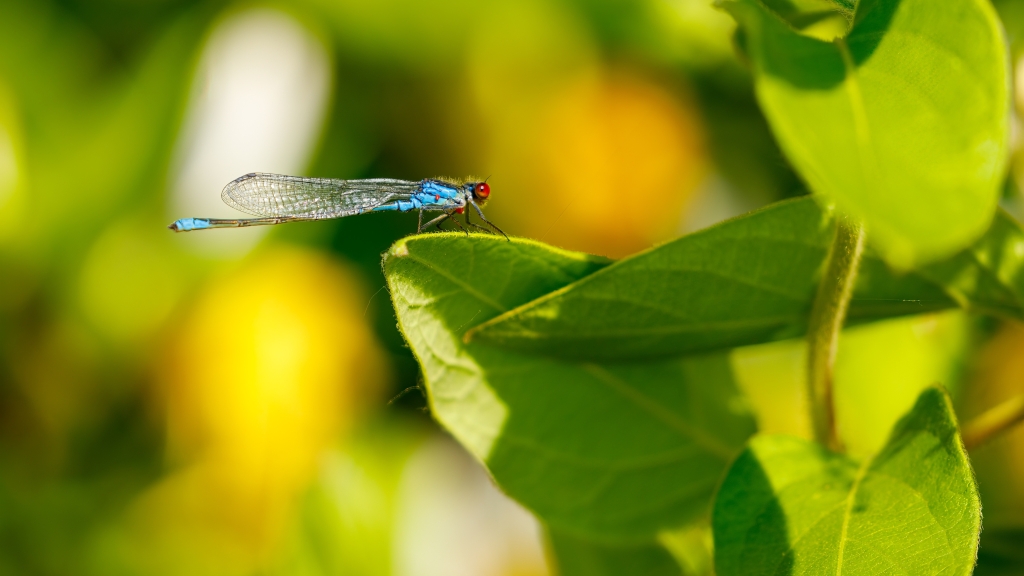Changing climate: Changing wildlife
19 Dec 2022 12:36 PM
Delegates at the COP15 biodiversity summit in Montreal currently are grappling with ways to stem the global decline in wildlife and to slow the rate of species’ extinction.
Ahead of the summit, Environment Secretary Thérèse Coffey indicated the ‘vital’ need that the world agrees to ‘tackle together the decline in nature and habitats and set out a road to recovery’.
Most agree that the biodiversity crisis is one of the greatest challenges affecting the planet, but it is also in part linked to one of the other greatest challenges: climate change.
Wildlife species around the world are declining for many reasons, including habitat destruction, over harvesting, persecution and the introduction of non-native species. Changes wrought by climate change are an additional ‘stressor’ creating further impacts for already-threatened species.
The UK Government is urging countries to agree a deal for nature at the UN Convention of Biological Diversity. But these ambitions for nature will have to encompass the changes that we are already seeing among native wildlife, including the shifts that many species will have to make as their climate space – the zone of suitable conditions for an individual species – moves with climate change.
Grahame Madge is a Met Office spokesman with interests in wildlife and climate change. He recently said:
“These shifts can be seen wherever you look. Even in the grounds of the Met Office we are continuing to record new species; species which formerly wouldn’t even have been recorded in the UK a few decades before.
“Over the last 50 years several species of bird and insect have colonised the UK and these have subsequently been recorded by wildlife enthusiasts at the Met Office, and some of these species are now recorded as regular visitors.
“In the last couple of years I have been fortunate to add two of these species to the site’s ever-growing list: small red-eyed damselfly and little egret.”

Both of these species have colonised the UK from further south in Europe after gaining a UK foothold in the late 1990s. Grahame Madge added:
“Our site also regularly supports tree bumblebee, which was first seen in the UK in 2001, and we have recorded Cetti’s warbler as an occasional visitor: this bird only started nesting in the UK in 1972.
“There are many more colonising species that we can expect to add to the site’s list – which has just peaked above 500 species. There are many species in northern France and Belgium which could conceivably colonise the UK in the next decade or two as the climate of parts of southern England become more like Continental Europe.”

However, for those species to spread to the UK they need to be able to cross the English Channel. Grahame added:
“For birds, colonisation of the UK can be a relatively straightforward process, especially for those species which move long distances on migration. In the next few years there are another half a dozen species of bird at least which could become regular breeding birds here, including black-winged stilts and bee-eaters.
“A number of damselflies and dragonflies look set to make the leap and even one or two butterflies could be joining us: who will be the first person in the UK to spot the southern small white butterfly which is rapidly flitting northwards in Europe from the Mediterranean. Could it turn up first at the Met Office following some warm southerly wind next summer and be spotted by our butterfly recorders? We will keep watching!”

Many recent studies have reinforced the fact that wildlife is declining across the world, and although some species are coping better with the threats they face by colonising new areas, many others are struggling.
The State of Nature report 2019 https://nbn.org.uk/wp-content/uploads/2019/09/State-of-Nature-2019-UK-full-report.pdf – was produced by a coalition of 70 organisations involved in the recording, researching and conservation of nature. It showed that more species surveyed have shown strong or moderate decreases in abundance (41%) than increases (26%) since 1970, and likewise more species have decreased in distribution (27%) than increased (21%) since 1970.
Grahame concluded:
“It is clear that we will continue to see many change to our threatened wildlife. Among the most vulnerable in the UK are those species at the southern limit of their range here. Those species, such as the ground-hugging dwarf willow, occurring in the north of Scotland, especially in our highest uplands don’t have space to shift their distributions. Further climate change will make them vulnerable to extirpation in the UK.”